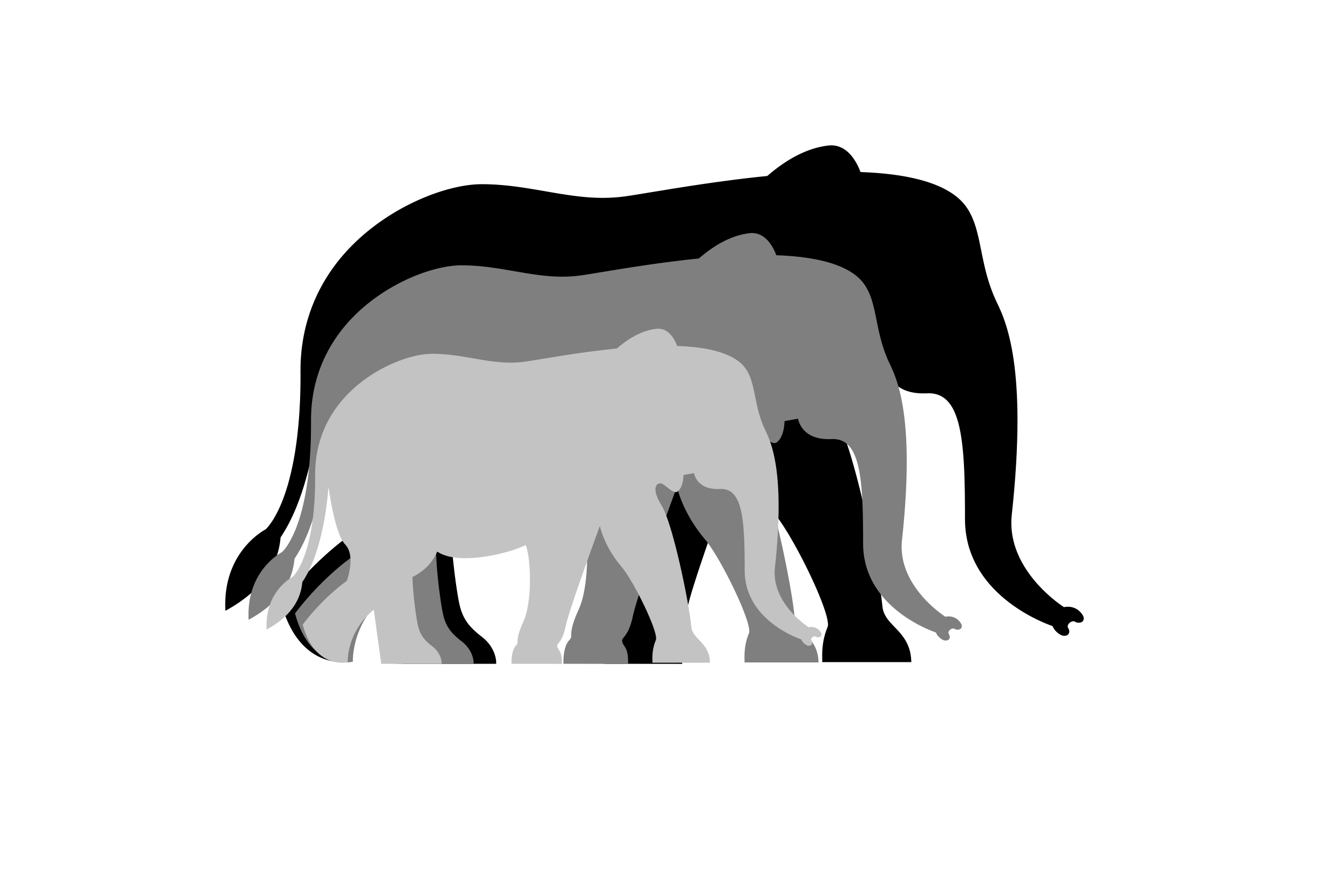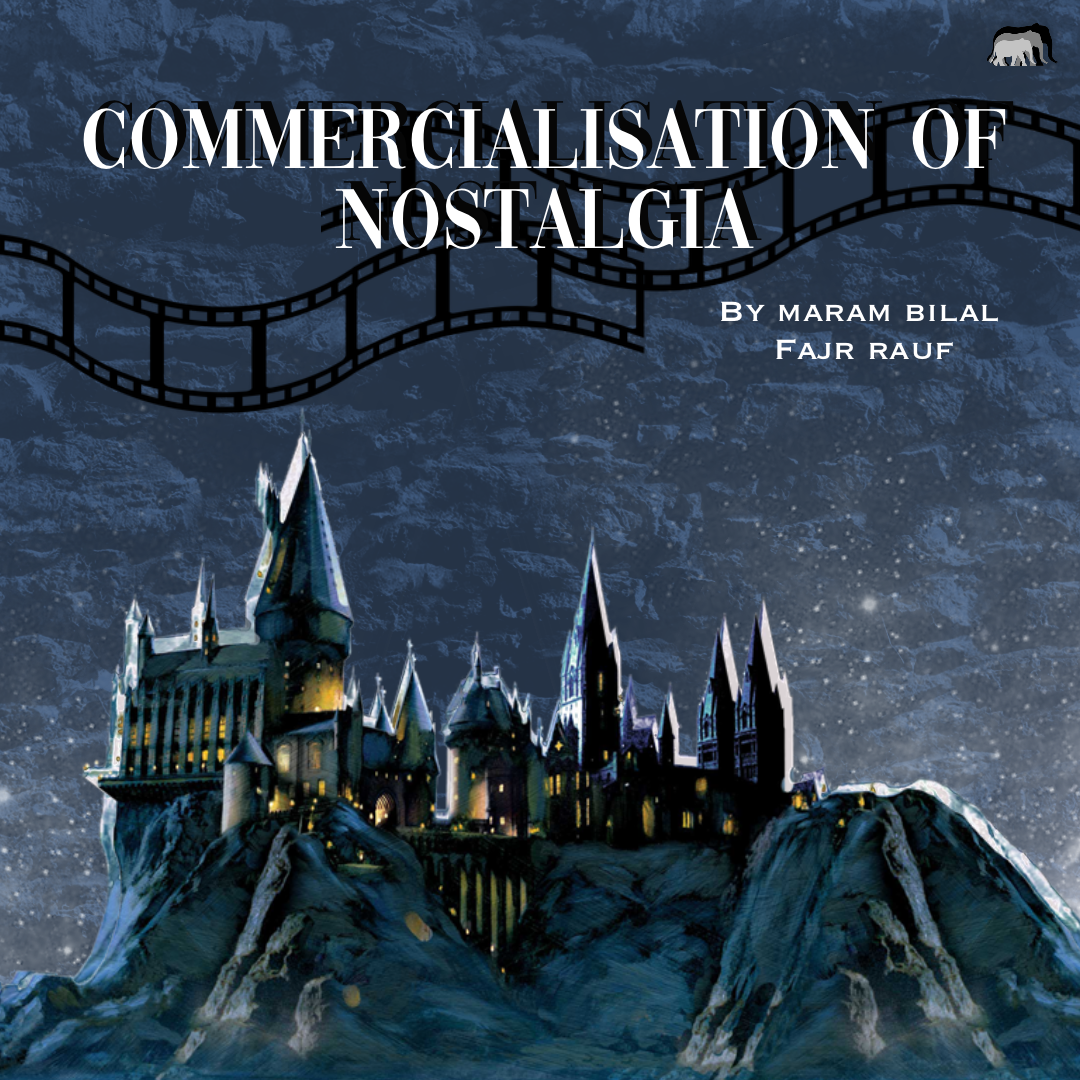Somewhere along the lines of daydreaming about Cinderella’s Prince Charming swaying us on our feet, to pondering over how the Disney princess wore those insufferable glass slippers, we grew up. Lady and the Tramp, 101 Dalmatians, Beauty and the Beast: these childhood cinematic masterpieces practically raised our generations. In this article, we’re going to be considering our childhood favorites and how their movies and TV shows have evolved over the years. The question at hand is: is it better to reimagine these storylines in our changing modern realities or are sequels and reboots just cash-grabs devoid of any creative merit on their own?
Harry Potter and the Cursed Child
Foremost among the list of most detested sequels worldwide is Harry Potter and The Cursed Child. Released as a screenplay, the book polarized the mammoth Harry Potter fandom. Critics complained of the lackluster plot, unrealistic character development—mainly the fact that Albus Severus Potter was a total prick wallowing in a puddle of his own self-pity— and multiple contradictions with the original material. Although some of the fandom’s complaints could be countered with the fact that a screenplay is an inherently different medium – this also shows how it’s hard to implement innovation in an already established series – the point still stands that Cursed Child comes off as a story bereft of any value on its own. Add to that J.K. Rowling not writing the screenplay herself, and the fandom’s disowning of the contrived screenplay seems perfectly justified.
The Lion King
Disney’s The Lion King live-action film was distinguished from others of its kind by its exceedingly rigorous loyalty to the original movie. The reboot’s trailer drew its fair share of attention from the fanbase; the breathtaking attention to detail conjured through virtual reality technology seemed to promise a spectacle. Even as the remake earnt a whopping $1.27 billion dollars at the box office, there was credible backlash to the film. With hyper realistic characters and a setting that would fit perfectly in a David Attenborough documentary, the live-action loses the child-like quality of wonder and magic that made the original The Lion King so beloved among children and adults alike. As such, the humanistic dialogues and musical performances (cue Aslan singing along to “Can You Feel The Love Tonight” unironically) seem out of place.
Cinderella And Associated Shenanigans
While we’re discussing Disney’s desperate attempts to capitalize off nostalgia and their maturing, ever-increasing audience, it deems fit to mention the globally loved and box-office hit, Walt Disney’s classic “Cinderella”. The 2015 screenplay version of Prince Charming wooed eleven year olds world-wide: the two-dimensional glass slippers came to life and the evil step-mother metamorphosed into a hot Cate Blanchett (on that note, can she please adopt us? We’ll sweep your floors and even serve breakfast in bed!).
Disney’s motives were far-sighted, because they did not stop at Cinderella. Perhaps encouraged by the unexpected support (read: profitability), this mega production company brought another childhood favorite to life. Beauty and the Beast was somewhat of a disappointment; Belle’s iconic dress from the ballroom scene looked like a visual artist’s desperate attempt at fashion; the lack of detailing was hilariously outrageous. On the other hand, The Little Mermaid was much better received. With the rise of artificial intelligence art (another article maybe?), we wonder how Disney will adapt to these changes and what the future generations will see. Though, we pray not to live long enough to see it if it’s like The Beauty and the Beast.
Thus, the simple answer to the question we posed is no, considering some of the successes audiences have heralded in the past year – point in case is The Batman which reinvented the narrative around a fan favorite superhero effortlessly. Robert Pattinson’s charismatic Batman being the perfect crossover between Christian Bale’s Wayne and Pattinson’s Cullen certainly didn’t hurt.
While the majority of South Asians patiently waited years, six to be precise, for Maula Jutt’s release, most of us except the self-proclaimed cultured boomers were pleasantly surprised by the modern-day touch to the original storyline. Another way to do justice to new story threads while respecting the original material is having standalone stories rather than prequels or sequels such as Rowling’s Tales from Beedle the Bard—infinitely more impressive than copy pasting a script from animated to live action. The best reboot we’ve ever seen is undoubtedly Barbie, a self-aware, grand, empowering film which brought our childhood dreams of Barbie’s dollhouse to reality. At the same time, Barbie doesn’t shy away from considering the feminist ramifications at hand, the consumerist angle of pink everywhere and the blonde bimbo problem. It’s the sort of movie that wins back Barbie haters and reignites our passions for the pink doll. It may be a movie for some, but for us, it’s a nostalgic reminder of our childhood. It showcases how the best characters grow with their audiences. Like us, Barbie has grown up, out of her idealistic fantasies, faced the real world, yet remained true to herself.
By Fajr Rauf and Maram Bilal
Note: the views expressed in the article solely belong to the writer and do not reflect TLC.

